Master Connective eCommerce for Seamless Selling
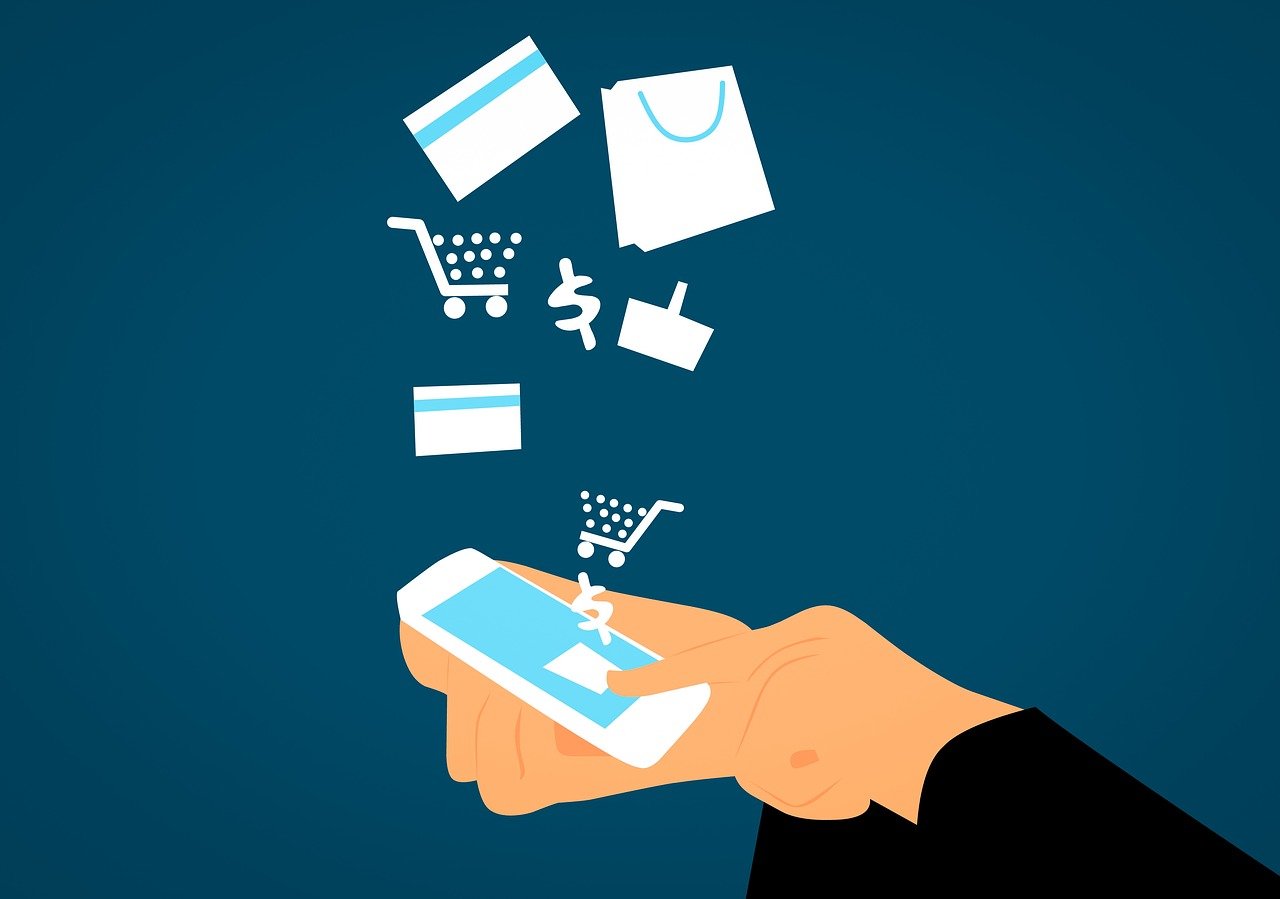
Dropshipping is one of the easiest ways to get your foot in the door as a future eCommerce business owner. But paying for a new business gets expensive, fast. The costs of hiring a web developer, employees, and additional vendors is something that most aspiring eCommerce stores just can’t swing.
Fortunately, you don’t need angel investors to start an online eCommerce startup. Created by the founder of eCom Babes, the connective eCommerce framework is a smart strategy for setting up a profitable, streamlined online business for minimal investment and risk.
Embracing a connective eCommerce online selling strategy is the best way to lay the foundation for a thriving business. In this guide, we’ll explain connective eCommerce and why it’s a game-changer for aspiring eCommerce entrepreneurs.
We’ll also dive into five essential steps for implementing a connective eCommerce strategy and share our favorite tool for automating eCommerce experiences.
What Is a Connective eCommerce Strategy?

Connective eCommerce is an integrated approach to eCommerce designed to minimize costs with the right toolkit of eCommerce strategies, vendors, and platforms.
First coined by eCom Babes’ Cortney Fletcher, this three-pronged framework minimizes the hassle of setting up an online store by simplifying several areas.
Fulfillment
Dropshipping is a low-cost strategy for inventory management and fulfillment. With this model, you don’t hold onto any inventory yourself.
Instead, you partner with a handful of suppliers and fulfillment partners to send products any time a customer submits an order. This eliminates the need to store hundreds of products yourself while simplifying the supply chain.
Sales
eCommerce website development tools and marketplaces make it a cinch to build a profitable website. There’s no need to spend thousands of dollars on custom website development.
Go for templatized platforms like Shopify to build your own site without a pricey developer.
Marketing
Paid advertising works but is cost-prohibitive for most new businesses, especially in a competitive space like eCommerce. With connective eCommerce, store owners focus their efforts on ROI-focused marketing strategies like affiliate marketing.
Non-paid traffic techniques like search engine optimization (SEO) and social media are also popular, although they don’t support sales as directly as affiliates.
Connective eCommerce is a game-changer because it makes running an online store much more accessible. With the right tools and approach, just about anyone can become an online store owner.
With a connective eCommerce strategy, you create a seamless shopping experience that boosts customer satisfaction while improving business operations. It’s a win-win! It also reduces the hassle of managing an online store, helping many business owners spend less time on finicky tasks.
Technology is a must for connective eCommerce. With the right tools, business owners can streamline and automate almost every part of their online stores.
Whether you need to see serious savings during the startup phase or just want to eliminate the hassle that comes with starting an online business, connective eCommerce will make your business more resilient in the long haul.
|
🔹 Need help getting started with affiliate marketing and SEO? Check out our comprehensive guides! |
Connective eCommerce Versus Traditional Ecommerce

We have nothing against traditional eCommerce, but connective eCommerce is definitely a departure from the old way of doing things. If you plan to start an online store soon, it’s critical to understand the differences between these two approaches and decide what works best for you.
Simplicity
Some brands still prefer to do things the old way, but we recommend connective eCommerce for anyone setting up a new online store.
Previously, aspiring eCommerce entrepreneurs had to order, store, and fulfill their own inventory, which quickly became a logistical nightmare—not to mention an incredible expense. They also had to pay developers thousands of dollars to develop custom websites, which took months to build and also required ongoing maintenance.
With connective eCommerce, you can set up an entire online business in just a few hours, provided you have the right tools and direction.
Dropshipping platforms, eCommerce site-builders, and affiliate marketing tools make modern eCommerce much more cost-effective and simple to set up. Since you can do everything yourself, hiring additional employees is unnecessary, lowering both costs and stress.
Better Customer Experience
What happens if a traditional eCommerce website breaks? You have to put in an emergency ticket with your web developer. And even then, it could take them days or weeks to troubleshoot the problem. They’re just one person, after all.
But with connective eCommerce, you get the benefit of working with established vendors with lots of resources. For example, professional help is always available if something breaks on your Shopify site. Community resources are also everywhere, allowing you to take matters into your own hands and fix the issue ASAP.
Ultimately, this will impact the shopper experience. The faster you can remedy issues with your website, the better equipped you’ll be to give shoppers the experiences they expect and foster long-term customer loyalty.
Low-Cost Promotion
eCommerce success often comes down to marketing. Instead of spending your entire budget on the upfront costs of paid ads, connective eCommerce supports organic traffic that doesn't cost a dime.
You might not see immediate results, but this approach supports lower-cost marketing efforts, ultimately making you more competitive and profitable.
Traditional eCommerce strategies encourage spending money on paid ads, for example, but that’s way too expensive for brand-new online stores without any sales.
Affiliate marketing, content marketing (SEO), and social media are the marketing channels of choice under the connective business model, allowing you to get the word out there without going into debt.
How Connective eCommerce Works for an Online Retail Business
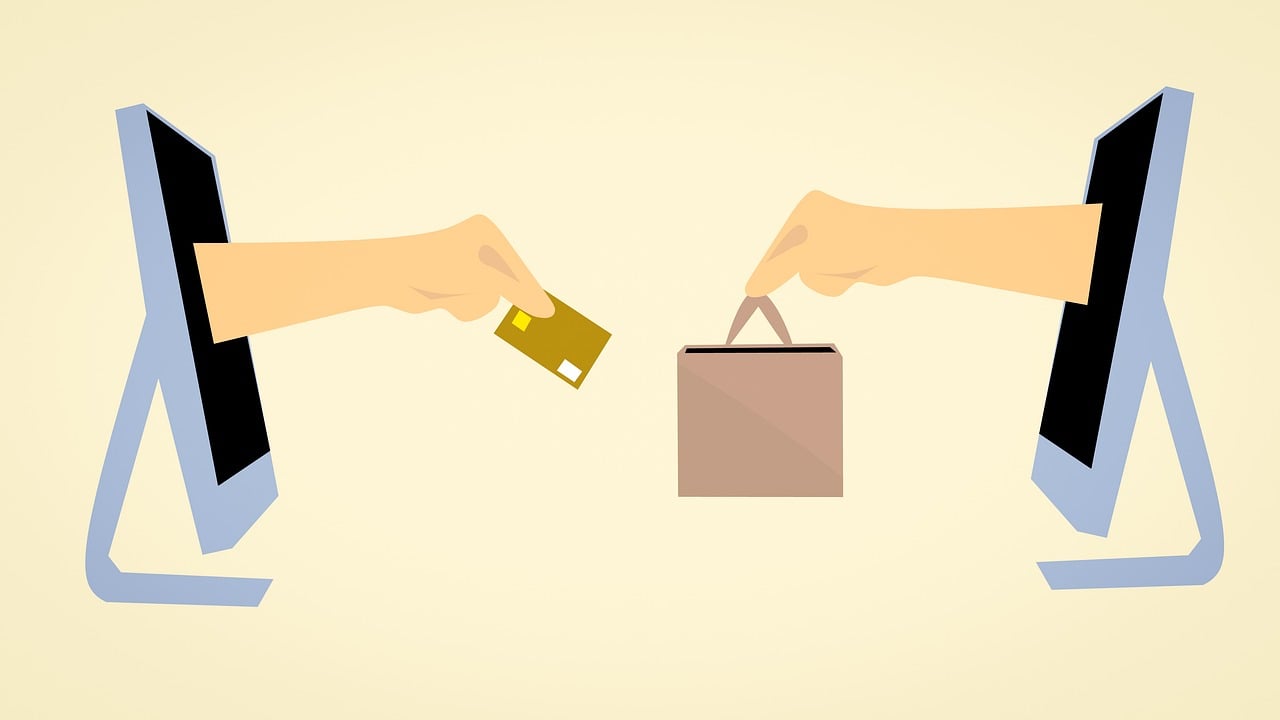
Implementing a connective eCommerce approach unlocks your business's untapped potential. Every store is a little different, but most connective eCommerce setups include these elements.
Platform Integrations
“Connect” is part of its name, so it’s no wonder that integrations are an important ingredient for connective eCommerce.
This setup synchronizes your eCommerce store with other systems and solutions, including customer relationship management (CRM), third-party supplier systems, enterprise resource planning (ERP), inventory management, and more.
The idea is to create a unified system where data flows seamlessly from one tool to another, making your business more efficient and error-free.
With this setup, there’s no need to hire additional employees. All of your tools work together, making it a breeze to set up an effective eCommerce store from the start.
Multi-Channel Sales
Connective eCommerce works well with multi-channel selling, where you sell products not only on your own website but also on sites like Amazon, Walmart, or eBay.
With connective eCommerce, you can access simple, no-code connections between your site and these online marketplaces.
Expanding your presence across platforms normally requires more fulfillment resources or web developers, but connective eCommerce simplifies everything with seamless integration.
Personalization
You don’t have to spend hours slaving over a keyboard to attract customers. A connective eCommerce approach can use data analytics and artificial intelligence (AI) to create personalized shopping experiences and content across your channels.
This can include product recommendations based on browsing history, personalized email marketing, and targeted ads on social media platforms.
Automation
The great thing about this tech-forward approach is that so much of the process is automated. Whether shipping or marketing, connective eCommerce supports automation across your business. This is a true game-changer if you’ve always wanted to get more done in less time.
Real-Time Analytics
You can’t become a mind-reader, but real-time analytics are the next best thing to a magic crystal ball. With this tool, you can make more informed decisions about dropshipping fulfillment, affiliate marketing, and your website template.
Most eCommerce web development tools come with dashboards that track metrics like sales patterns, customer retention, and organic traffic, allowing you to pivot your business as soon as the winds change.
Benefits of Connective eCommerce for Your Online Store
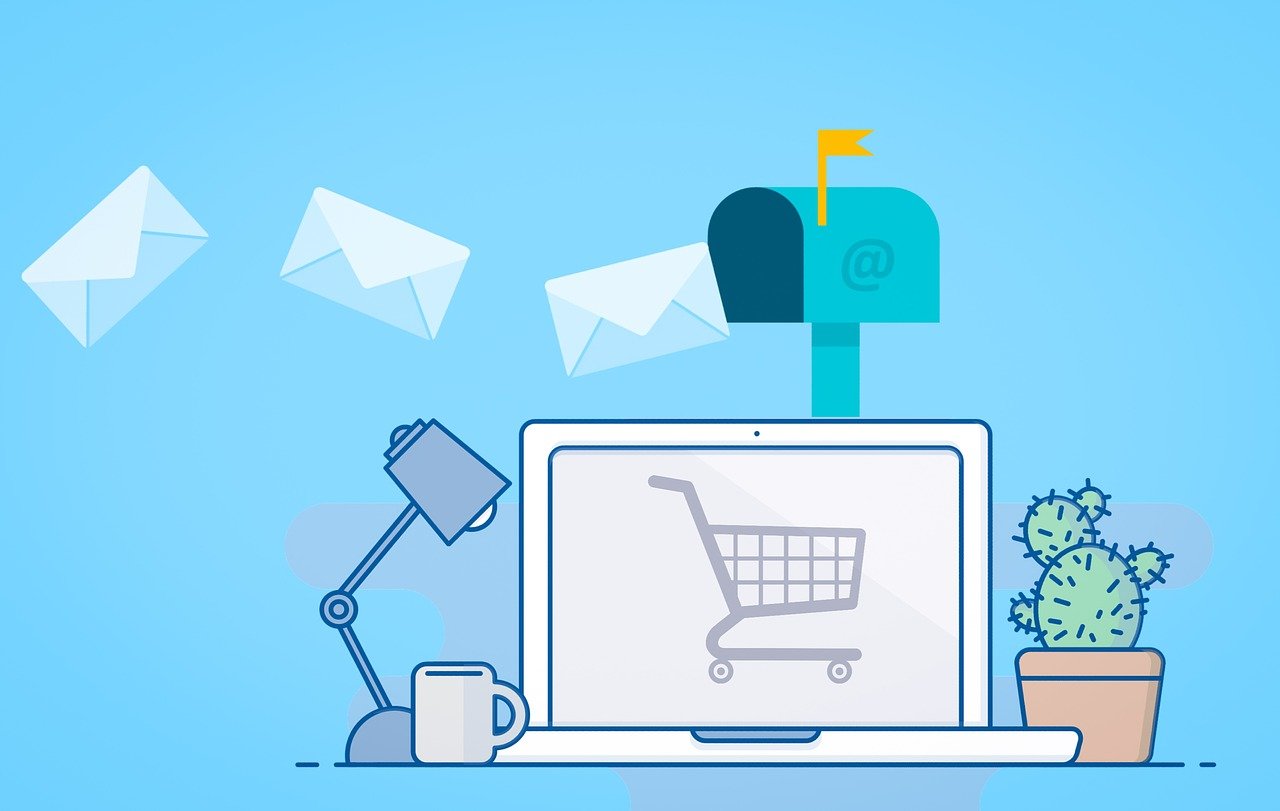
Connective eCommerce is more effective than traditional eCommerce, giving fledgling eCommerce businesses so many benefits right out of the gate.
Increased Revenue
Who doesn’t want to make more money?
This is the biggest benefit of following the connective eCommerce framework.
With this approach, you cut out high-dollar line items that are so common with traditional eCommerce, keeping more early profits in the business.
More Efficient Business Operations
You’re a busy business owner. Instead of spending your time on manual tasks, automate everything with connective eCommerce to reduce errors and save time.
Data-Driven Insights
Connective eCommerce gives you access to a wealth of data. Leverage it to make informed decisions, understand shopper behavior, and increase marketing ROI.
Scalability
Connective eCommerce takes a platform-based approach to setting up your business, which allows you to scale whenever you’re ready.
In traditional eCommerce, businesses must pay thousands of dollars to grow their eCommerce site back-ends or migrate to an entirely different online platform. Fortunately, connective eCommerce empowers you to scale up or down at the tap of a button.
Five Steps for Implementing Connective eCommerce
Connective eCommerce is way less complex than traditional eCommerce.
As long as you follow your business objectives and pick the right platform, you’ll set your business up for success.
Follow these steps to follow a connective eCommerce strategy for your business.
1. Lay The Foundation First

First things first, decide what you want to sell by analyzing your target market. Their preferences will determine the products you sell and how you sell them.
Market research will help you choose a niche and products that fit neatly within that niche. For example, if you want to sell to up-and-coming Gen Z consumers, your market research might nudge you toward TikTok-trending products like Stanley-style tumbler cups.
Analyze existing eCommerce sellers and their websites to see how they position themselves and which products they sell. Make a list of the products you want to sell and start searching for reputable suppliers.
You might only need one dropshipping supplier at first, but as you grow, you may need to expand and work with multiple vendors.
2. Choose the Right Platform
At this stage, you have the beginnings of a dropshipping business. Now, you need an eCommerce site that connects shoppers with your dropshipping products.
Look for integrated eCommerce platforms that fit your goals and solve as many pain points as possible.
Most eCommerce sellers start on platforms like Shopify, BigCommerce, Adobe Commerce (formerly Magento), or Squarespace.
Remember that you’ll likely need to subscribe to their upgraded plans to access a payment gateway, dropshipping tools, and other eCommerce-specific features.
Keep an eye on monthly subscription costs, which can sometimes add up to be way more expensive than upfront costs. You don’t want these expenses to cut into profits down the line, so do careful math to make sure it’s still a good approach.
Pricing matters, but try to focus on the value you get for your money instead of choosing the cheapest option.
3. Integrate Sales Channels
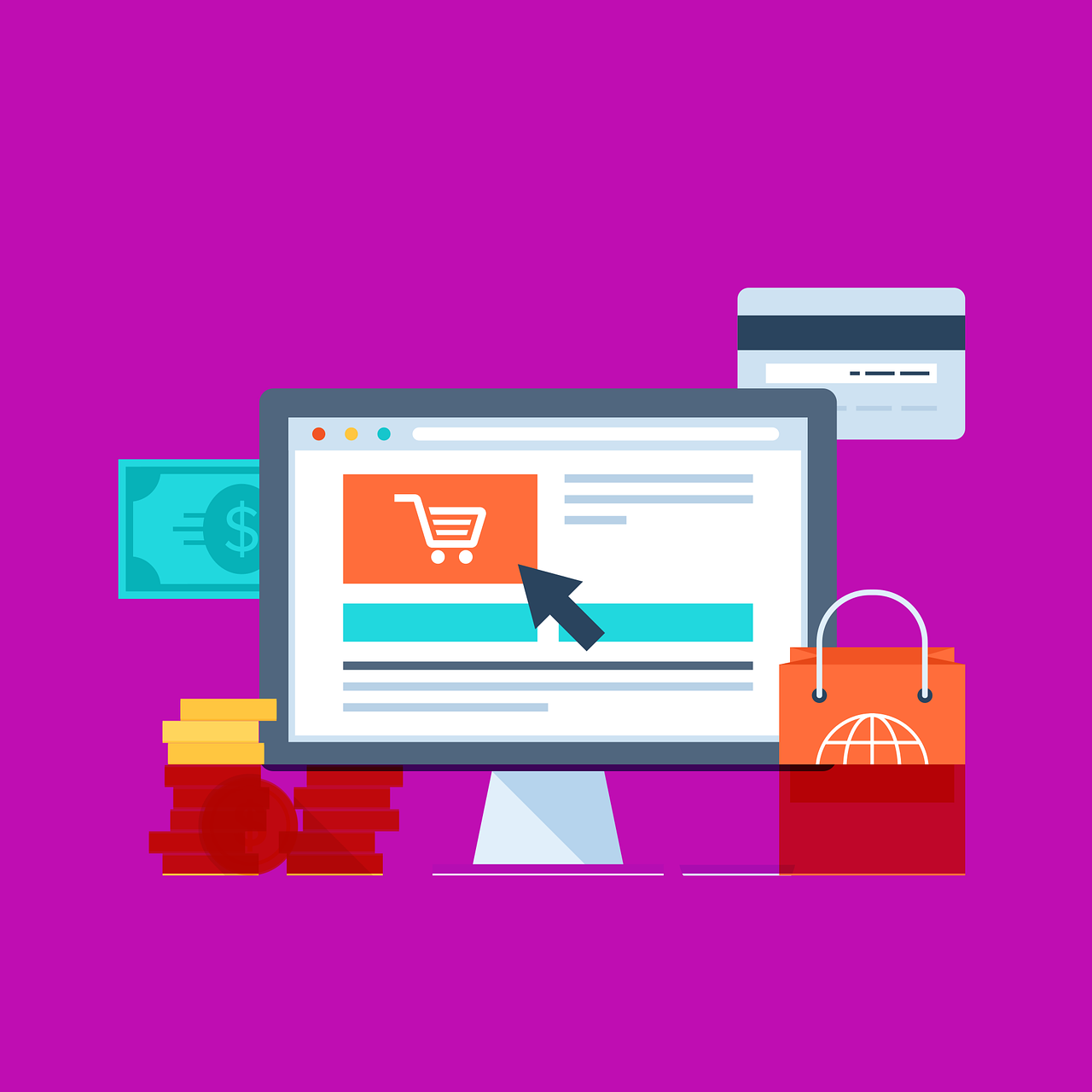
After choosing your connective eCommerce platform, it’s time to connect all of your channels.
The right eCommerce website builder should integrate sales platforms, social media, online marketplaces, your website, analytics, and more.
Think of this as a digital headquarters for your business, unifying your data and tools in one place.
4. Set Up Marketing
Your back-end site is set up, and now it’s time to bring real shoppers to your sales channels.
So many eCommerce stores go with ads right out of the gate, but this is a recipe for debt and low profits. Go with low-cost marketing efforts instead.
Content marketing
Write content that interests your target audience to get the word out on search engines. This technique can take six months or longer to pay off, but even if you write one blog a week, you’ll steadily make progress in your niche over time.
Social media
Organically posting content to social media a few times a day is a great way to boost sales.
Instead of posting everywhere, only spend your time and energy on platforms where your customers spend their time. This way, you focus your resources on one or two platforms that give you the best bang for your buck.
Affiliates
With affiliate marketing, you pay sales affiliates a commission every time they bring a paying customer to your site.
You only pay for results, so this is a smart way to preserve your marketing dollars while increasing sales. Just make sure the commission is compelling enough that affiliates have an incentive to promote you to their networks.
5. Automate Processes
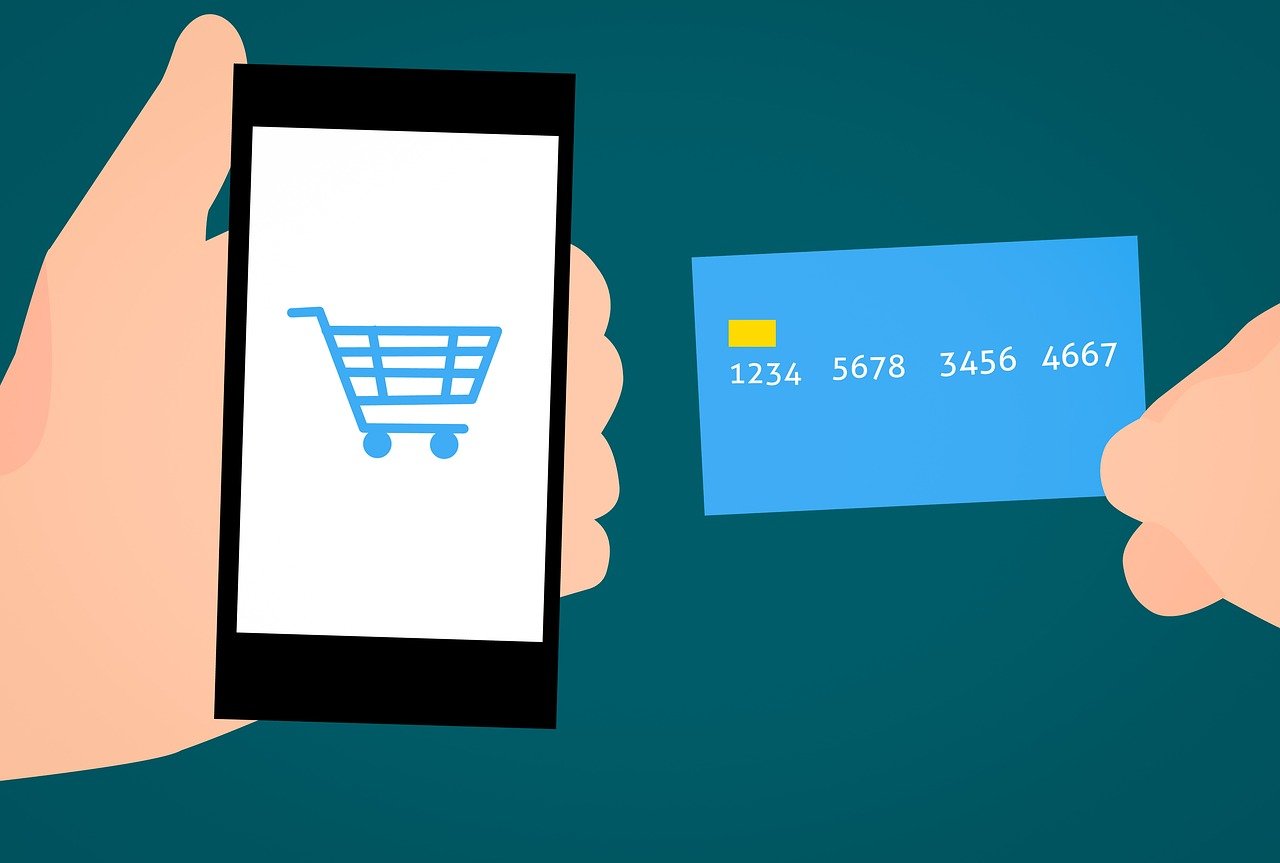
Automation is a huge time saver and minimizes expensive errors. While there’s such a thing as too much automation, selectively automating the most time-consuming tasks is a smart way to roll out this feature.
Track your time to see which tasks you spend the most time on. Automate low-hanging fruit like order fulfillment, shipping, and inventory replenishment to increase efficiency and reduce errors.
Go for a connective eCommerce tool that helps you manage every aspect of your business.
For example, Spark Shipping manages order fulfillment, pricing automation, product and inventory management, vendor mapping, and much more.
It’s the best way to put your dropshipping business on autopilot, especially if multichannel sales is one of your goals. Solutions like Spark Shipping can even automate repricing for you, helping you stay profitable without the need for manual pricing adjustments.
Boost Your Online Business With Spark Shipping
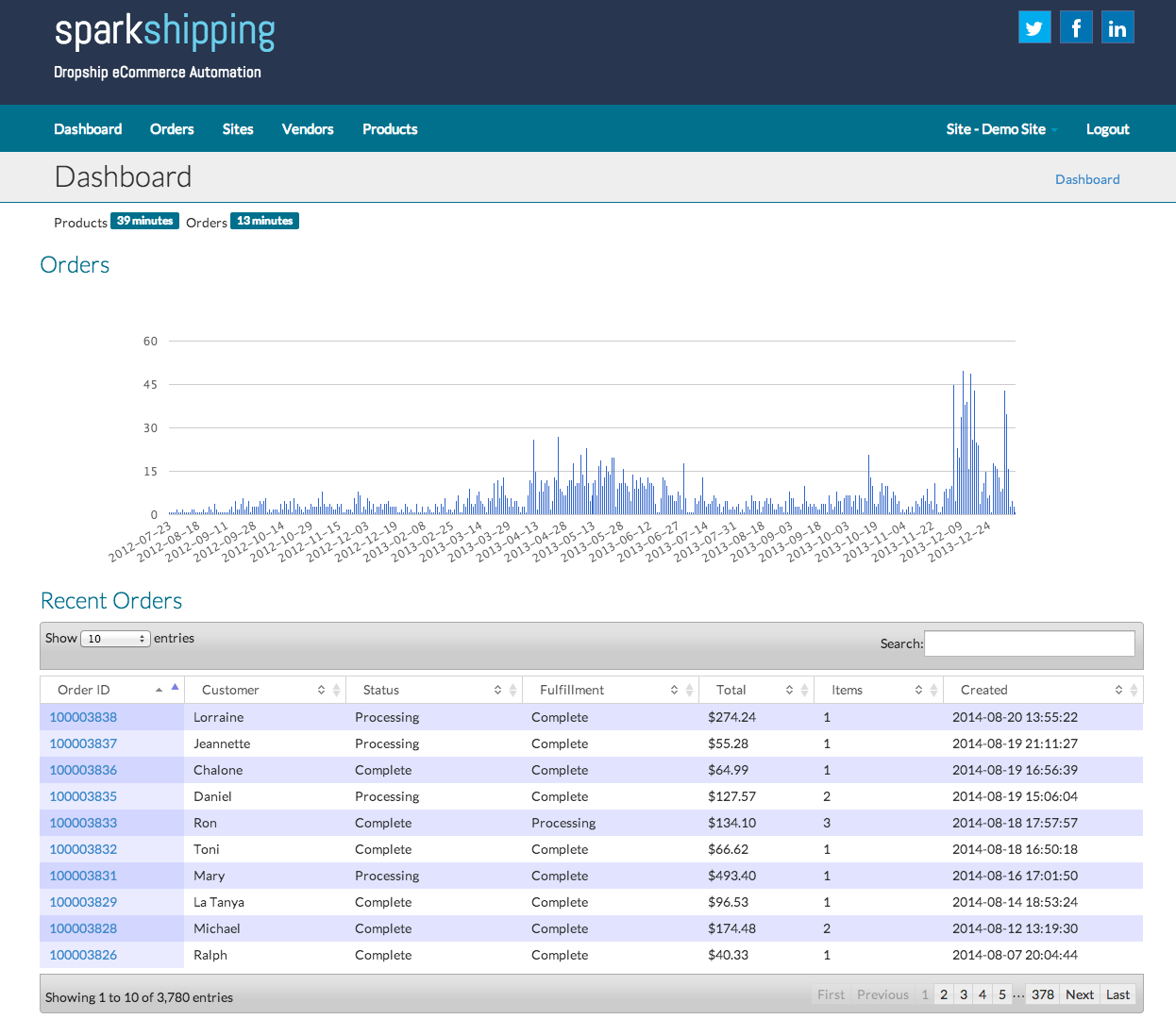
Traditional eCommerce is expensive and outdated. When growth is the goal, connective eCommerce is the way to go.
This new framework minimizes costs and hassle while streamlining three major areas of your eCommerce business to make you more efficient and enhance the customer experience.
All you need is the right technology to start implementing connective eCommerce.
Feel free to do your own research, but when you’re ready to hit the ground running, go with Spark Shipping.
Manage multi-channel sales, boost customer satisfaction, and automate crucial processes at scale to see serious improvements in your business.
Schedule your free demo now to see how Spark Shipping can revolutionize your eCommerce business with powerful automation.
Popular Posts
Posts by Topic
- Dropshipping (10)
- Dropshipping Automation (7)
- Dropship Suppliers (4)
- Amazon Seller Central (3)
- EDI (3)
- Pricing Strategy (3)
- Automotive Dropshipping (2)
- Conversion Rate Optimization (2)
- Dropshipping Products (2)
- Order Management (2)
- Shipping (2)
- Vendor Product Catalog (2)
- AI Dropshipping (1)
- Dean Soto (1)
- Feature Announcement (1)
- Online Empire Academy (1)
- Product Optimization (1)
- Walmart Marketplace (1)
- referral marketing (1)